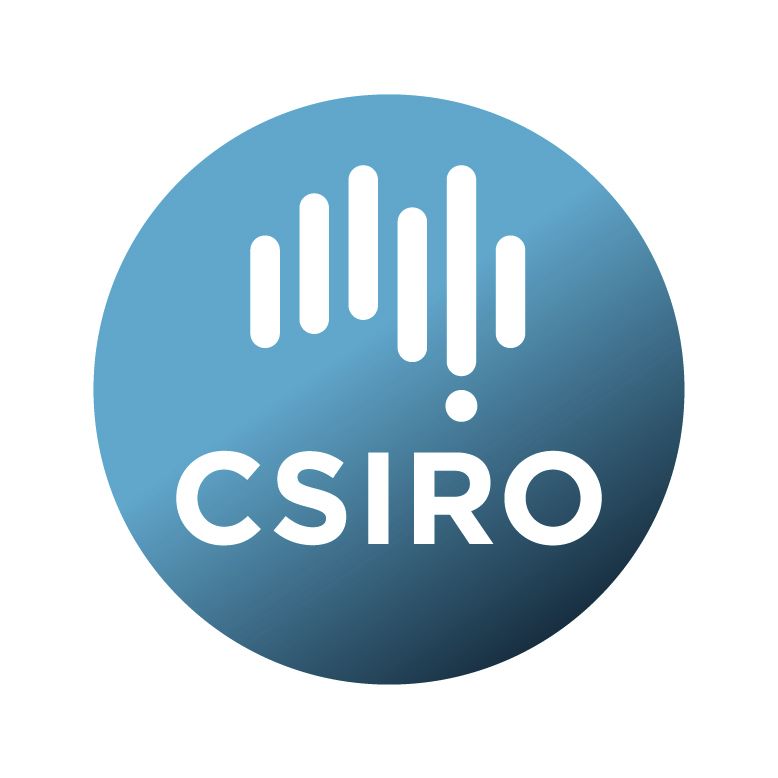Brief description
To investigate the effects of enrichment loss (specifically a grooming brush) on the behaviour and stress response of cattle when housed at pasture. Specifically, grooming behaviours were observed, lying and stepping data collected, and ADG, coat cleanliness, faecal cortisol metabolites were measured.Lineage: Angus steers (n = 48) were housed at pasture in 8 groups (n = 6 /group) and tested over 2 cohorts. Cattle were provided with access to a grooming brush for 3 weeks, before access will be denied for a period of 7 days, using sheep panels to block access. Animals were then allowed access for up to 7 days to observe any rebound effects. Measures taken over the duration of the experiment include standing/lying time and number of steps (obtained automatically using IceQubes), coat cleanliness, ADG, and faecal cortisol concentrations (at least weekly, when cattle were health-check in nearby yards). Live behavioural observations consisted of four consecutive four-hour sessions a week - 2 in the morning (Cohort 1: 6:30-10:30; Cohort 2: 07:00-11:00) and 2 in the afternoon (Cohort 1: 15:45-19:45; Cohort 2: 15:00-19:00).
Available: 2024-01-24
Data time period: 2023-01-30 to 2023-04-05
Subjects
Agricultural, Veterinary and Food Sciences |
Angus |
Animal Behaviour |
Animal Production |
Animal Welfare |
Biological Sciences |
Brush |
Environmental enrichment |
Extensive management |
Positive welfare |
Steers |
Zoology |
User Contributed Tags
Login to tag this record with meaningful keywords to make it easier to discover
Identifiers
- DOI : 10.25919/9NZF-PM47

- Local : 102.100.100/603261
- Handle : 1959.11/62555

- Local : une:1959.11/62555


